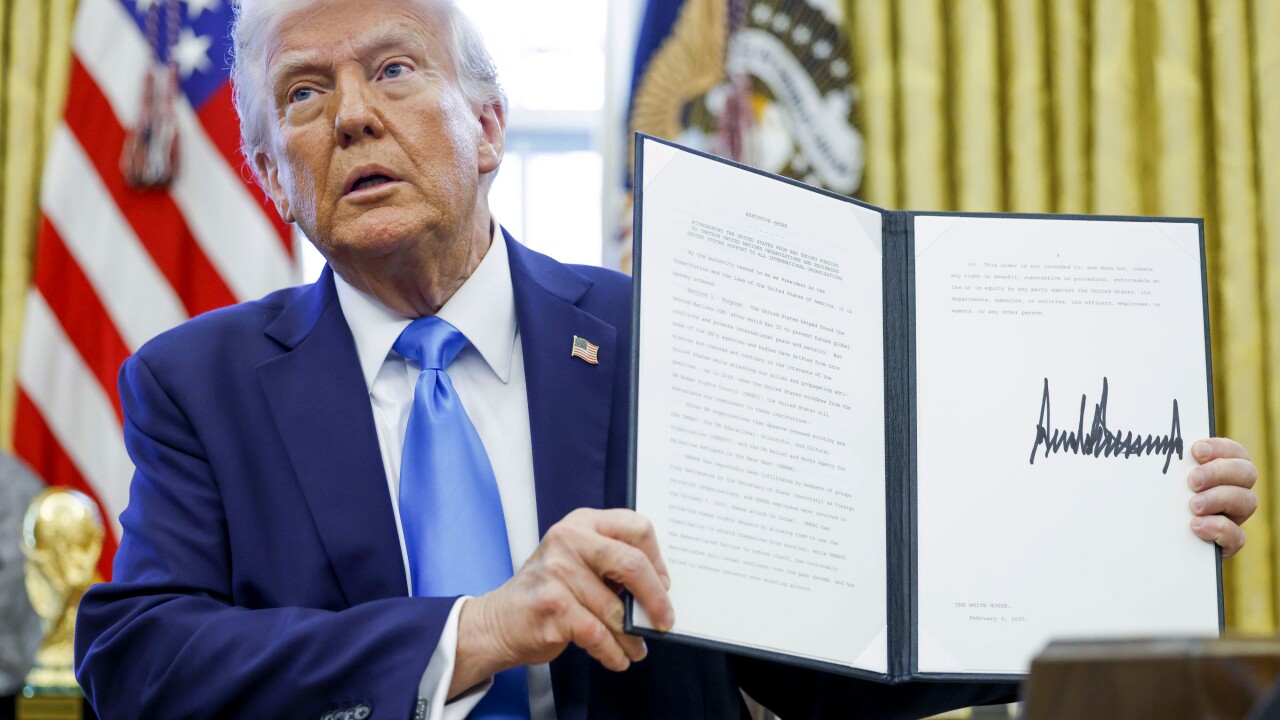Retail stores are now also known as "offline stores," and the future will continue to be omnichannel.
Both channels will continue to exist, so retailers and brand owners have to address both, with more offline stores incorporating online store tools and advantages (think of the use of tablets to order in a restaurant, e-wallet payments, integrating augmented reality, etc.) In 2018, Cyber Monday mobile sales generated over $2 billion, setting a
One big way m-commerce is transforming payments is by allowing seamless one-click solutions that integrate with mobile wallets. The trend is maturing as consumers increasingly access their smartphones when they make shop and make purchases.
In the U.S. alone, the use of mobile wallets is
A good example is Venmo, a digital wallet embraced by both millennials and Gen Z that "lets you make and share payments with friends so you can easily split the bill, cab fare, or much more." Users prefer skipping adding credit card info and shipping details over and over again, so this type of solution removes the need to add credit card details every time you make a purchase online.
Moreover, contactless mobile payments, such as NFC and ultrasonic transactions are promoting the use of smartphones to make payments by holding or swiping the phone near a special terminal. It facilitates payments made in-store.
Most banks offer regular banking services such as credit card payments, bill payments, and on-the-go access to financial services, through a dedicated, high-security app. Mobile banking apps rank as one of the top three types of apps used by U.S. consumers. Additionally, with m-commerce becoming the preferred shopping method, more and more retail stores have their own m-commerce apps.
Tethered to the e-wallet era is the voice activation feature that is now fully integrated into smartphones. As early as 2016,
Twenty-five percent of U.S. households have a voice-activated helper, using it for shopping lists and even direct purchases.





